NFT: The Latest Trend In Non-fungible Tokens
The rise of crypto-video games such as Axie Infinity and the sale of collectable assets have made NFTs gain overwhelming popularity.
Every day, the crypto-world is becoming a reality for more and more people, which is one of the reasons why NFTs have become one of the most important elements of today’s digital economy. These are a type of cryptocurrency created within the Ethereum blockchain employing a smart contract, which gives them interesting properties for buying and selling assets.
Currently, NFTs continue to gain popularity as collectable, unique and rare items, so owning or creating some could one day generate thousands of dollars. For this reason, we will explain what NFTs are, what characteristics make a token non-fungible, what is NFT crypto, what is their commercialisation in the market, NFT examples, how to create an NFT from scratch and what is the future of tokenisation.
Let’s get started!
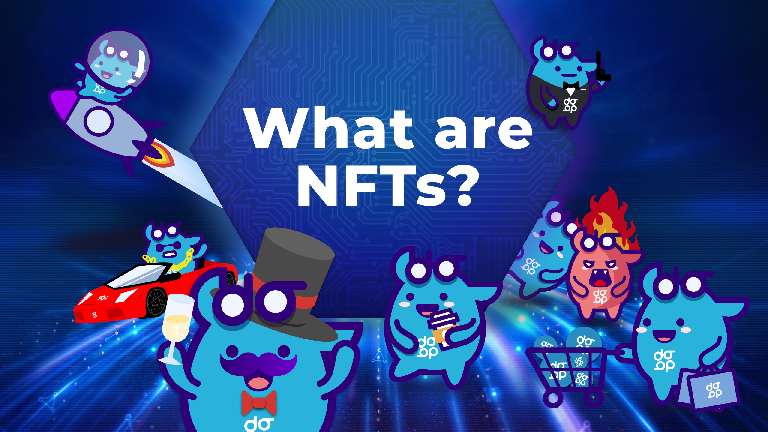
What are NFTs?
Non Fungible Tokens are a type of cryptographic token generated on a blockchain platform, just like cryptocurrencies. However, NFTs do not have the same characteristics as cryptocurrencies, as they are unique assets that cannot be replicated, split or replicated in the digital world.
In recent years, NFTs have become essential pieces of the digital economy, because no two are alike. This characteristic has been used to associate goods or digital elements to non-fungible tokens, achieving the association with works of art, songs, video game characters, memes or even GIFs. In this way, each piece becomes unique and authentic; receiving the name of “crypto-collectable”. In addition, the NFT status makes them “the original works”, because each token fully tracks the asset to which it has been linked and cannot be exchanged with another, making it possible to prove ownership of the asset.
Most people use non-fungible digital assets, such as web domains, unique items in video games, tickets to events or usernames on social networks. They vary only according to the level of marketability, interoperability and liquidity they possess. This is the opposite of cryptocurrencies, which need a free exchange or fungibility to enrich the economic ecosystem.
It should be noted that blockchains grant users ownership and management permissions over assets, making them owners of the same in the digital world.
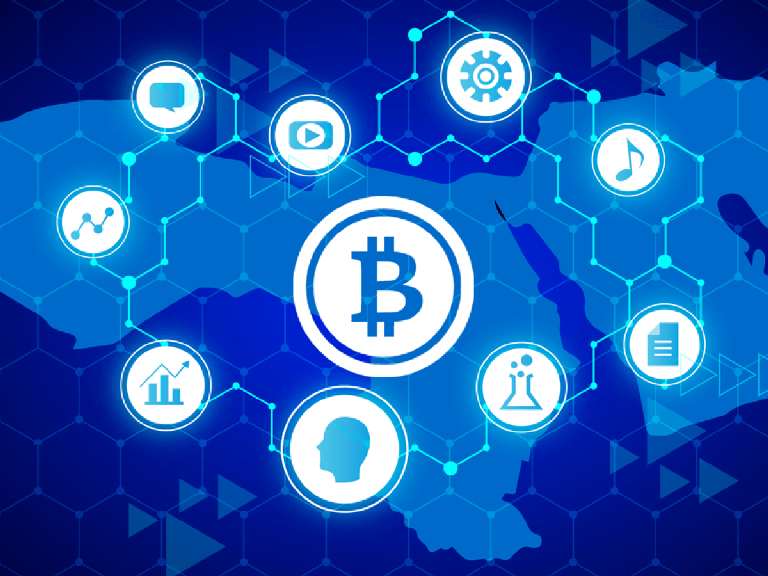
Crypto-ecosystem: What does Non-Fungible mean?
In general terms, non-fungible items are all those that cannot be replaced by objects or assets of the same kind, while fungible items can be exchanged and consumed by their use. For example, Leonardo da Vinci’s painting La Gioconda is a non-fungible item because it is unique and cannot be replaced. However, a $100 note can be replaced by two $50 bills and would retain the same value.
It should be noted that, although non-fungible goods exist in both the digital and physical world, NFTs can only provide certification of authenticity to non-tangible works. This is because the legitimacy of non-fungible goods can be demonstrated by a certificate issued by an official body, whereas a digital asset requires certification with a source file.
Finally, it should be noted that most cryptocurrencies are fungible tokens, in that they are all equal and interchangeable, like dollars or grains of rice. This feature encourages free trading in the cryptomarket, which ensures a healthy ecosystem.
Characteristics of NFTs
NFTs have distinctive properties that make them unique and innovative, giving them a value determined by users’ interest. Below, we will explain the most important characteristics to define what crypto NFT is:
Uniqueness
Its uniqueness allows one to differentiate and uniquely define an asset because it will be subject to specific metadata and differentiated from the others. This property means that NFTs cannot be substituted or replaced. For example, Decentraland’s virtual land sale project is linked to NFTs, which are responsible for defining with metadata the properties of the land, such as: virtual coordinates, percentage of land built or covered by landscaping.
Rarityarts
Users pay large sums of money for assets that have a high level of rarity. That is, as long as the collectable is of interest, it will generate demand. A clear example of the fungibility of cryptocurrencies is Ethereum’s traditional ERC-20 token, which can be multiplied by increasing the total supplies within a smart contract. However, with NFTs it is not possible to create new assets from one.
Indivisible
To own an NFT, it is necessary to acquire the net value of the token, because tokens cannot be divided. Going back to the example of La Gioconda, to acquire it would be necessary to pay the full value of the painting, it is impossible to buy only 15% of it. This fungible feature is extremely important in cryptocurrencies, because, we can acquire 0.02 satoshis instead of having to buy 1 full BTC; because they are divisible.
Specific information
All NFTs have a unique identification that only their owners have, which allows them to verify their position on the token.
Exchange
Unlike cryptocurrencies such as BTC or ETH, NFTs cannot be exchanged directly with each other, as their non-fungible nature prevents them from being exchanged in units. In other words, non-fungible tokens focus entirely on the representation of the assets to which they are linked.
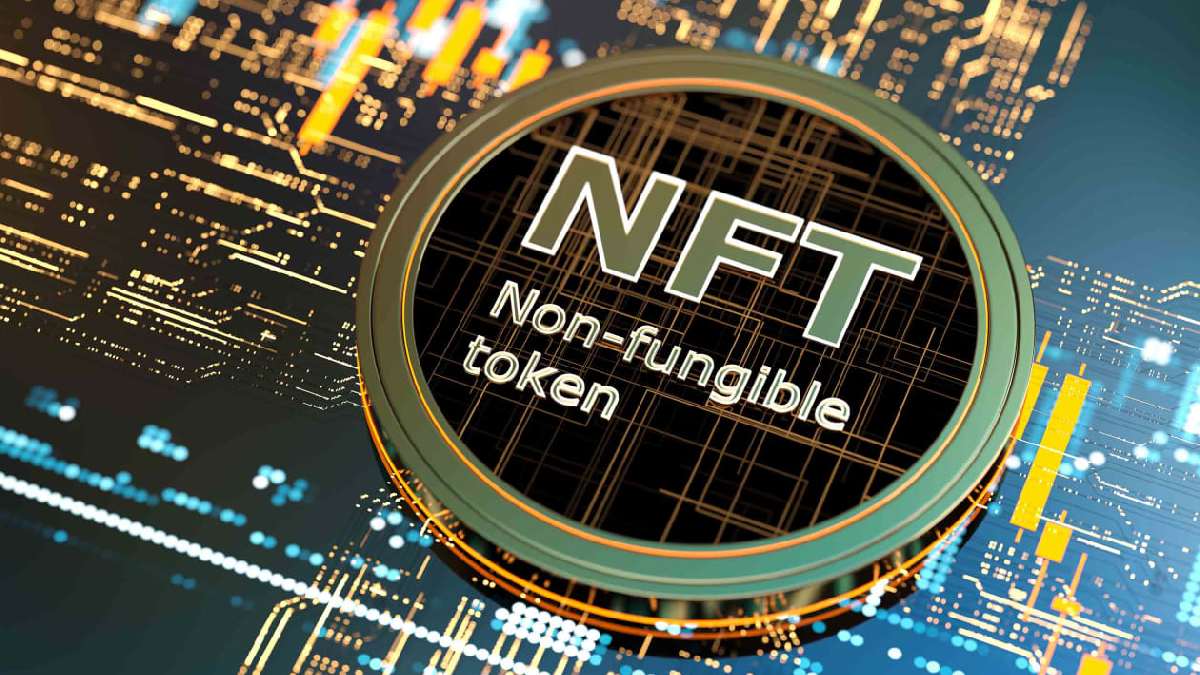
How NFT tokens work
Standard tokens based on the Bitcoin and Ethereum blockchains are called ERC-20 tokens, which have fungible properties. Ethereum NFTs used by platforms such as Decentraland, Axie Infinity or CryptoKitties are ERC-721 or ERC-1155, the latter being used because it allows assets to be transferred between different platforms. Although the first non-fungible tokens were created on the Ethereum blockchain, which is the network with the largest number of NFTs created and sold, it is currently widely used by EOS, TRON and NEO.
For their part, NFTs can be created on other blockchains enabled with support and tools for smart contracts. The latter are responsible for conferring detailed attributes to assets, such as rich metadata, owner identity or secure file links, which serve to prove ownership over a non-fungible digital asset.
On the other hand, although the blockchain ecosystem is growing daily, its protocols and the technology surrounding smart contracts are still under development, so creating NFTs, applications or decentralised platforms remains a somewhat complex task. In addition, many developers have their own methods for realising their projects, so a unified protocol is necessary to succeed in this world.
NFTs: How useful are they?
In recent years, NFTs have acquired various utilities within the ecosystem that make up the blockchain, they now have multiple functionalities within the digital realm. Some examples of NFTs:
Collection objects
One of the most desired properties by users is the uniqueness of each NFT, which is why they are considered highly collectable objects. non-fungible tokens allow collectors to buy and sell digital assets, as is done with works of art in private auctions.
The non-fungible character allows collecting some types of currencies, digital art, memes, music, video game objects, online parcels, verifying digital items or even material properties. As long as it is interesting and generates demand among users, it can achieve significant monetary value.
Online video games
NFTs created and used in online games represent almost 70% of the non-fungible tokens created to date, which are generated on platforms such as Axie Infinity, CryptoBlades or Albion Online. They are used in-game to represent collectables, trade tokens or unique items.
Games such as Axie Infinity combine the characteristics of NFTs in video games and crypto-collectable assets, as the creatures we can play with are themselves collectables. To date, there are over 126,000 Axies available, each one is unique in its kind, revalued daily and highly collectable.
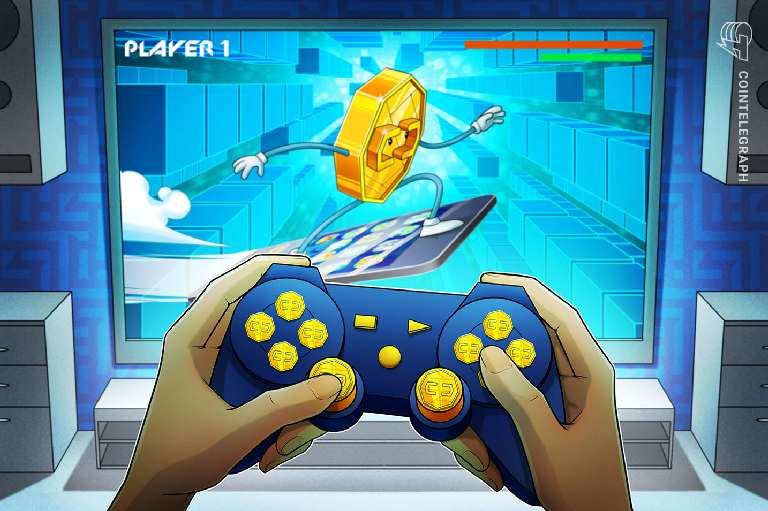
NFT art & gaming: Trading in the marketplace
There are countless reproductions of famous paintings or sculptures in the world, but there is only one authentic one, and the same is true for non-fungible tokens. Most of the NFTs found on the internet are NFT art or gaming tokens, which have been created by platforms or users to confer a unique character to a given asset. Unlike physical works, digital works can be copied very easily; therefore, linking them to a token is the best way to authenticate digital assets for trading and ownership.
NFT art, on the other hand, are digital works that lack a material counterpart; so almost any element present on the network can have this status, as long as it can be tokenised: tweets, videos, songs, memes, photos or GIFs.
All in all, we can be sure that the best use of non-fungible tokens for digital works or elements is to protect ownership and copyright, which facilitates their distribution and use online. Thus, crypto-art or crypto-collectables can benefit from registering the asset to an NFT and establishing who is the authentic owner of the piece.
Some examples of NFTs sold are:
- Axies, creatures we can play within the Axie Infinity video game are collectable and range in price from $200 to hundreds of millions of dollars. In addition, it is possible to purchase land within the platform, items and other gadgets.
- Twitter founder Jack Dorsey’s first tweet, priced at $2.9 million.
- A GIF called Nyan Cat, a kitten with a pop tart body that leaves a rainbow in its wake was auctioned for USD 500,000.
- A digital illustration by artist Mike Winkelmann, known as Beeple, was auctioned at Christie’s for $69 million.
- A video of Banksy’s Morons being incinerated was also sold as an NFT, starting at USD 16,000.
- The meme, entitled The Psycho Bride, sold as a non-fungible token for USD 450,000.
- When Kyle Craven became the meme Bryan bad luck in 2012, he could not have foreseen that his original photograph would sell as an NFT for USD 36,000.
- The viral video called Charlie bit my finger, which had over 800 million views on YouTube, was removed from the platform when it was auctioned for USD 760,000.
- The Disaster Girl meme, featuring little Zoe Roth smiling as a house burns down in the background, was auctioned off as an NFT by the now 21-year-old Zoe herself; fetching USD 500,000 for the original photo.
- Another meme that has managed to fetch a considerable sum is Grumpy Cat, whose NFT was sold for USD 70,000, which was donated to an animal conservation shelter.
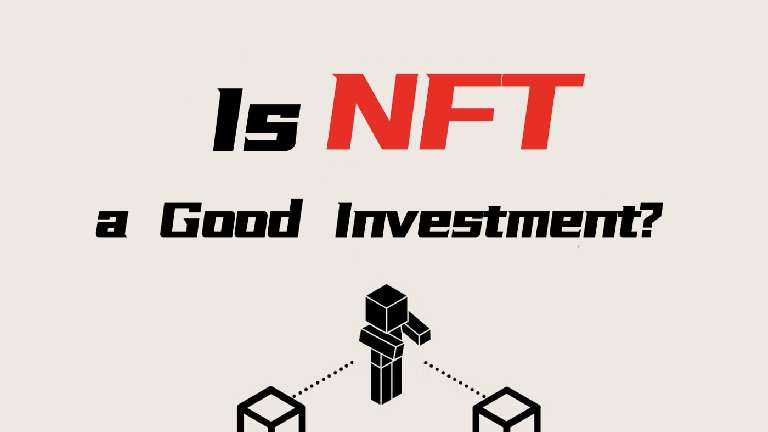
Future and finance: Is NFT worth investing in?
There are two ways to invest in NFT, the first is to buy tokens for fun or to sell them for a few dollars more shortly, the other is to buy pieces in the hope that one day their value will rise. Any purchase is a latent risk because in the first instance it is impossible to estimate what its value might be in the future; we can only foresee a potential and wait.
For example, the only painting sold by Vincent Van Gogh during his lifetime, The Red Vineyard in Arles, was worth approximately USD 1000; while today The Starry Night is worth an estimated $87 million. On the other hand, a copy of Action Comics #1 in 1938 was worth 10 cents, while in 2014 a copy of Superman’s first appearance sold for $3.2 million. This means that the NFTs you invest in will probably take time before they become valuable.
We cannot compare the value of physical work to a digital one, as preservation and certification are different. However, we live in a reality in which digitisation is becoming increasingly common and valuable; which makes the future of CLTs likely to be bright. In this regard, we can recall how in a few months the cheapest Axies went from $1 to USD 250. Therefore, investing in NFTs is a good idea, as long as it is done consciously and by making strategic decisions.
The crypto-ecosystem is constantly growing, which is why in a short period of time we have gone from mining cryptocurrencies to trading, collecting cryptographic coins or linking material objects to NFTs.
On the other hand, more and more brands are joining the trend of licensing their content with token certification, as we can see with the rendering of multiple NFT arts, Doctor Who episodes, The Smurfs or Minecraft as NFT. Furthermore, it stands to reason that tokenisation will continue to move into areas such as MMORPG video games, where items such as skins, weapons and items can be collected or given a new value, giving gamers better tools of exchange.
The potential of non-fungible tokens can be applied to multiple NFTs such as: certifying intellectual property, copyrights, selling tickets to events, software licenses, trading video games, warranties or even official documents. In addition, the security surrounding non-fungible tokens increases their potential, as they are traceable and unambiguously prove the identity of the owner.
Now that we know what NFTs are and how to create an NFT, are you ready to invest in this new trend?